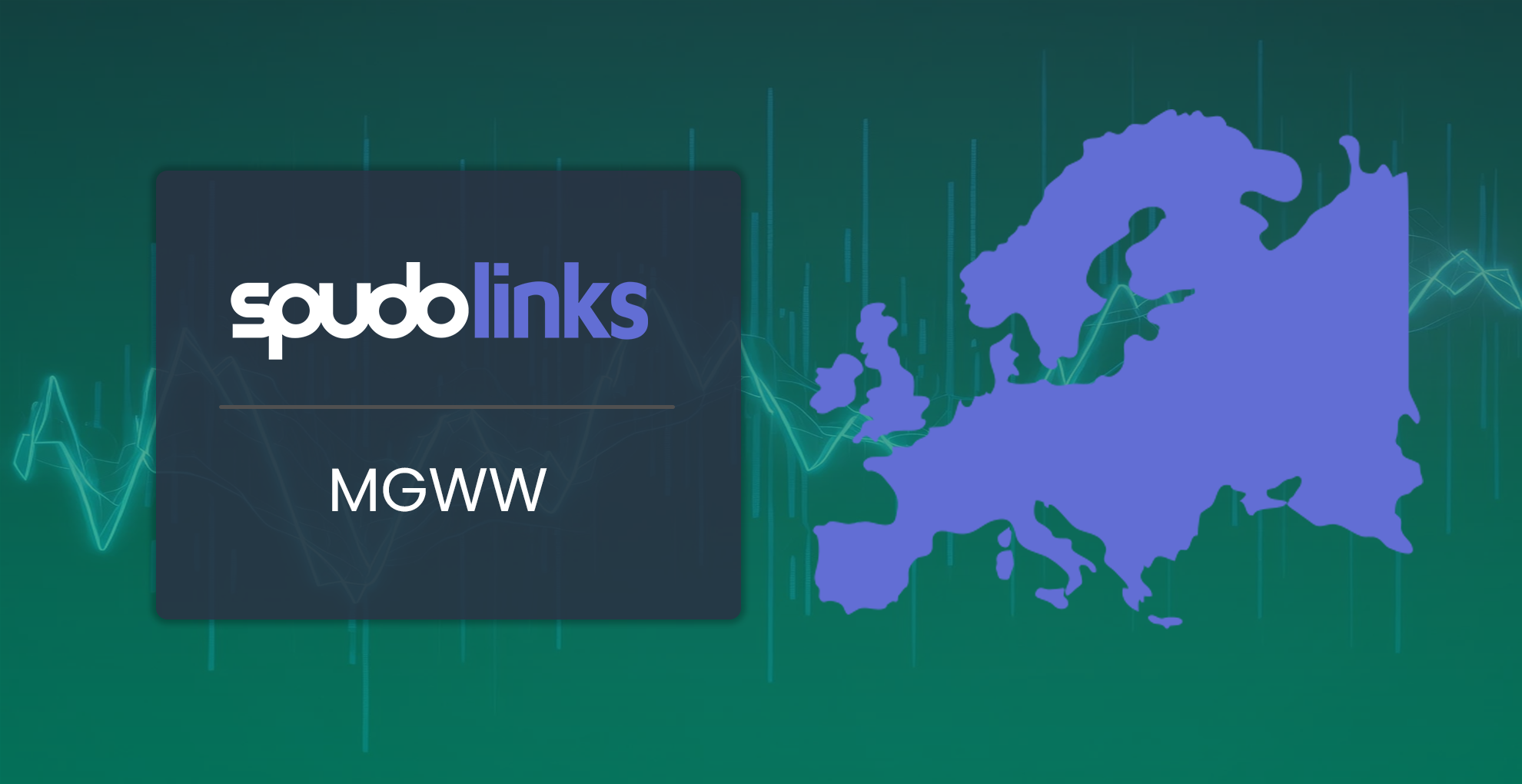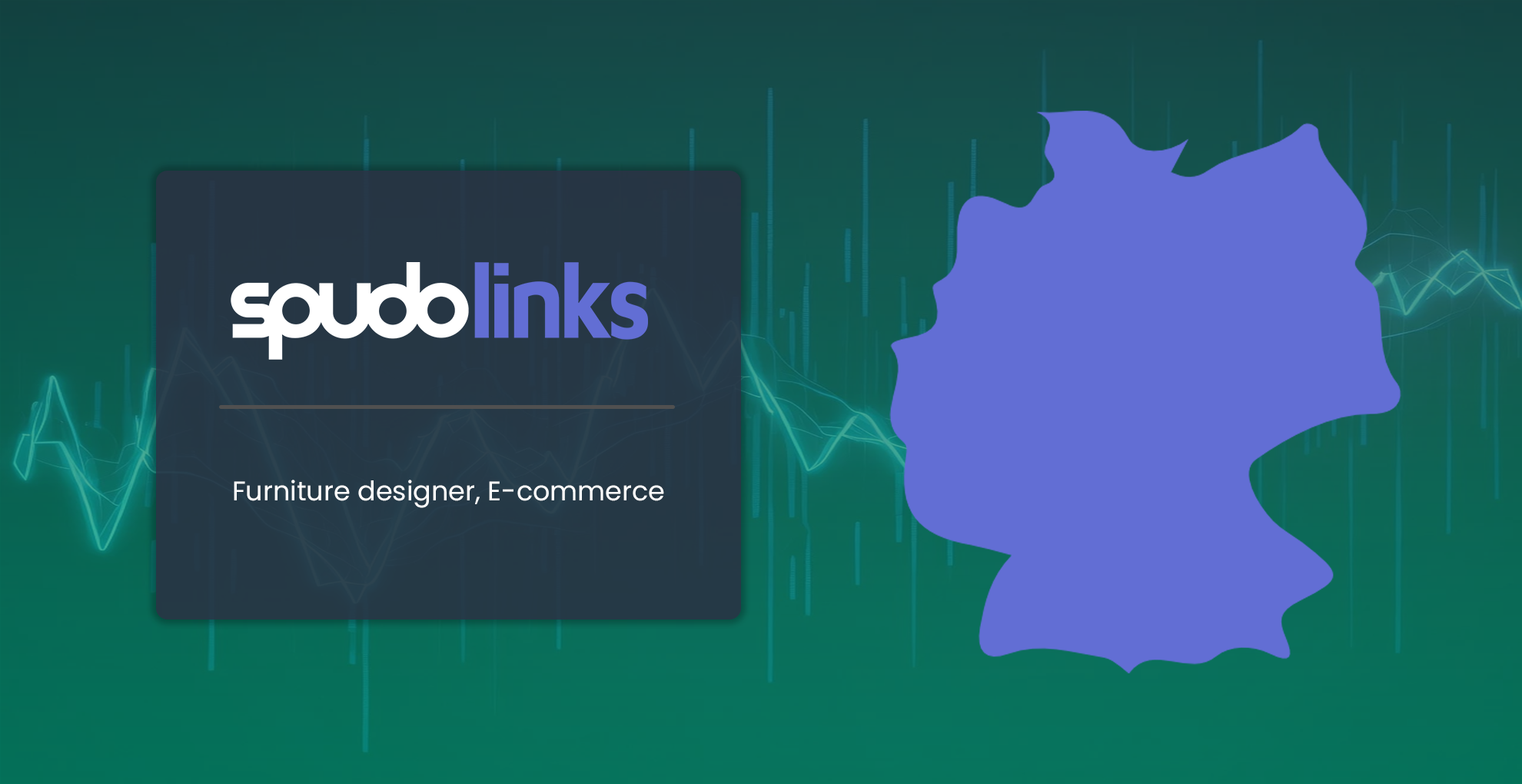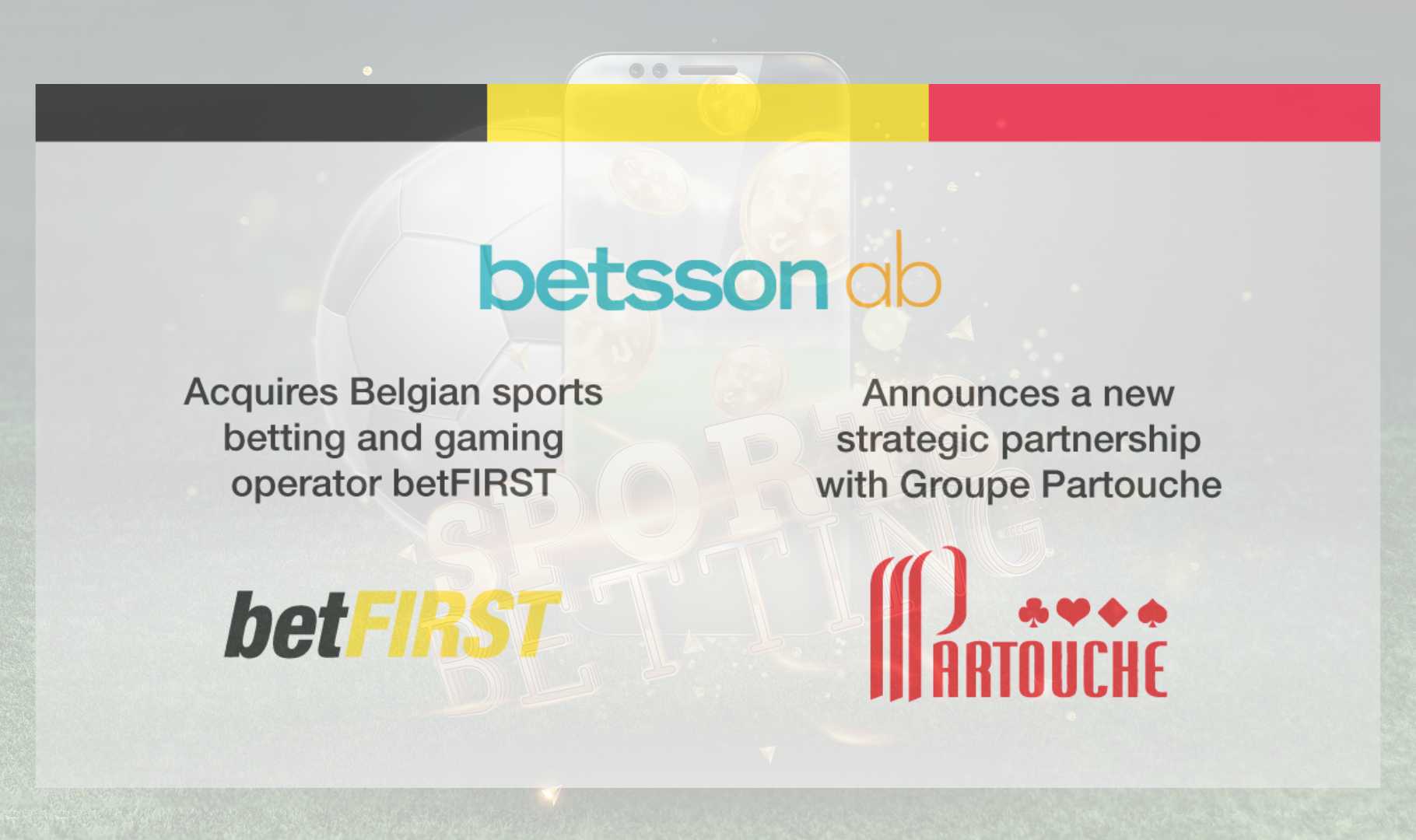

When it comes to online marketing, improving the performance of pre-landing pages (or prelanders) is a constant challenge. While there are many strategies that could help increase the effectiveness of those pages, we, the Spudo Conversion Rate Optimization Team, took a thoughtful approach.
As we delve into this question, we aim to uncover insights that can help fine-tune the pre-landing pages for better results. We will outline our hypothesis, methodology, and how we increased the conversion rates of our pre-landing pages by 2X through the strategic integration of sound.
Objective
The primary objective of this study was to determine the impact of sound on marketing prelanders. The team aimed to answer the pivotal question: Does the inclusion of sound improve or hinder the performance of prelanders, and to what extent?
Hypothesis
The team began with the hypothesis that the addition of sound to prelanders would enhance user engagement. However, they were cognizant of the possibility that sound could also be a potential source of distraction or annoyance.
A quick look at the definitions
Before diving into the details of the case study, it’s important to clarify some key terms:
Assumptions
The team acknowledged that any conclusive results would require a substantial number of clicks. To ensure statistical significance, they set the threshold at a minimum of 25,000 clicks before drawing any conclusions.
Testing Procedure
To evaluate the impact of sound on prelanders, the team meticulously devised their test. They created two distinct prelanders:
A split test was conducted to directly compare the two versions, enabling them to make an informed decision about the inclusion of sound in their prelanders moving forward.
The Initial Results
The team embarked on their investigation by conducting a substantial split test in Canada, acquiring 18,000+ clicks on each prelander.
The initial results hinted at the possibility that Prelander A, with sound, outperformed Prelander B without sound. However, rather than jumping to hasty conclusions, the team decided to delve deeper into their research. They maintained both versions of prelanders for further testing, allowing their SMS team to run split tests with other prelanders and opt out the less competitive ones.
The Actual Results
After a rigorous and extensive testing phase involving approximately 225,000 clicks on both “Prelander A” (with sound) and “Prelander B” (without sound), the final results were indeed impressive.
The significance of these findings cannot be overstated. Prelander A’s efficiency, enabled by sound, shines as a beacon of the potential for optimized marketing strategies. It stands as a testament to the power of immersive and engaging user experiences, where sound acts as the catalyst for fostering a deeper connection with potential customers.
We witnessed a clear trend
The Actual Results
In light of these compelling findings, the conclusion is irrefutable: the inclusion of sound in marketing prelanders significantly enhances their performance. This is not merely a data-driven revelation; it is a powerful assertion of the transformative potential that sound wields in the realm of digital marketing.
For businesses and organizations seeking to optimize their conversion rates, this case study serves as an inspiration, illuminating a path forward where sound becomes a pivotal tool for engaging users, enhancing conversion rates, and ultimately achieving marketing success.












